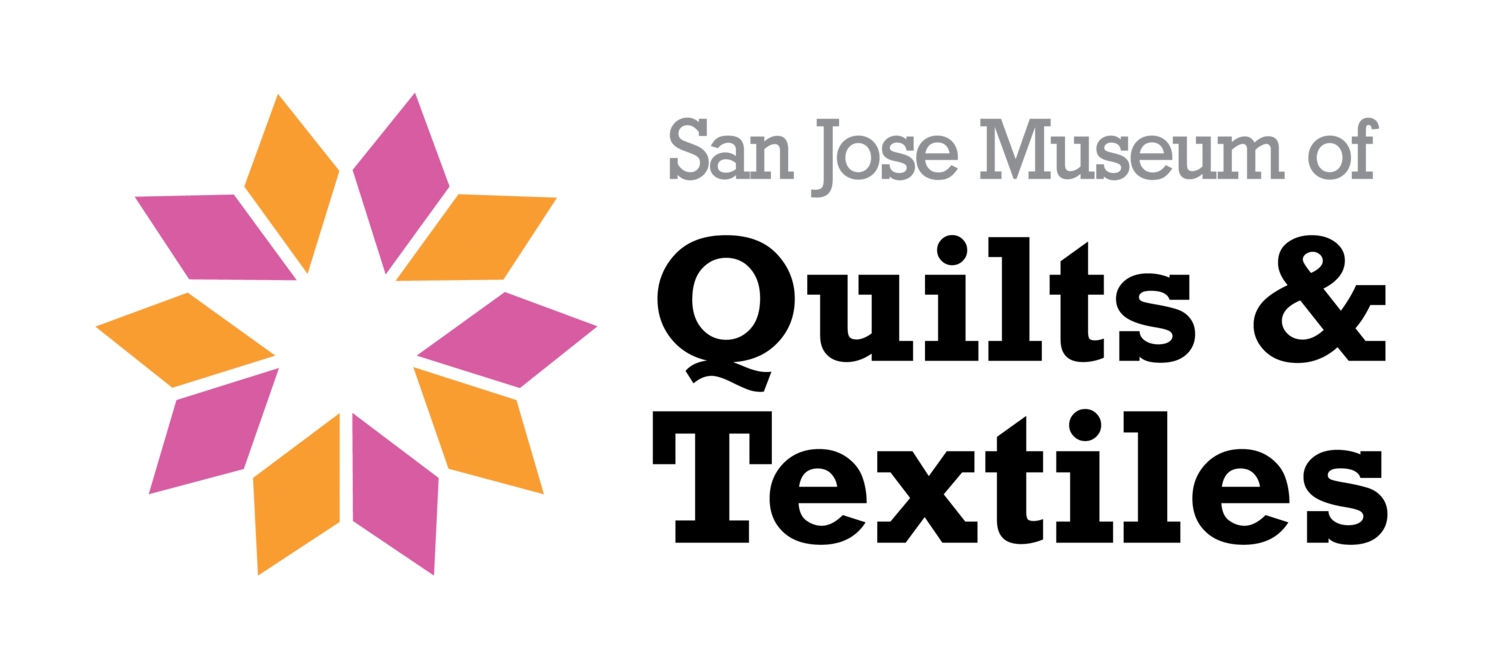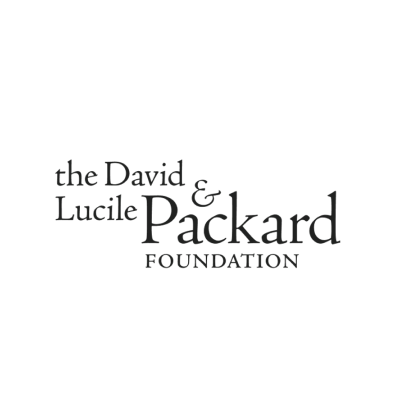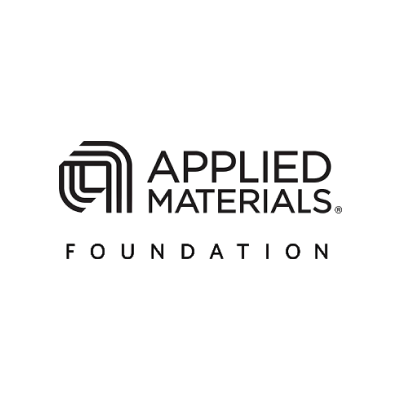Do you know how your clothes are made?
Most likely, your clothes are made by weaving. Weaving is one of the primary methods of textile production and it involves interlinking a set of vertical (up-and-down) threads with a set of horizontal (side-to-side) threads. The set of vertical threads are known as warp and the set of horizontal threads are known as weft.
The most common device for interlacing the threads is a loom which holds the warp threads in place while the weft threads are woven through them.
You may be surprised, but ancient people used the same technology to make their clothes. Each household produced cloth for their own needs. Weaving cloth remained an activity associated with the family for thousands of years.
Imagine how long it would take to make a piece of clothing in the old days.
Cloth weaving became a mechanized industry with the development of looms powered by steam and water during the Industrial Revolution (1760 – 1815). However, the process is essentially the same as hand weaving.
Now, it is time for you to try your hand at weaving!
You will be using the ‘plain’ weave. It is a common and basic style of weave in which the weft (horizontal thread) alternates over and under the warp (vertical thread).
For younger children and beginners, we recommend starting with simple paper weaving to learn the technique, and then move on to the second project.
Let your creativity shine! Notice the variety of weaving patterns that you can create by using different colors and textures.
Paper Weaving
Weaving with DIY tools












